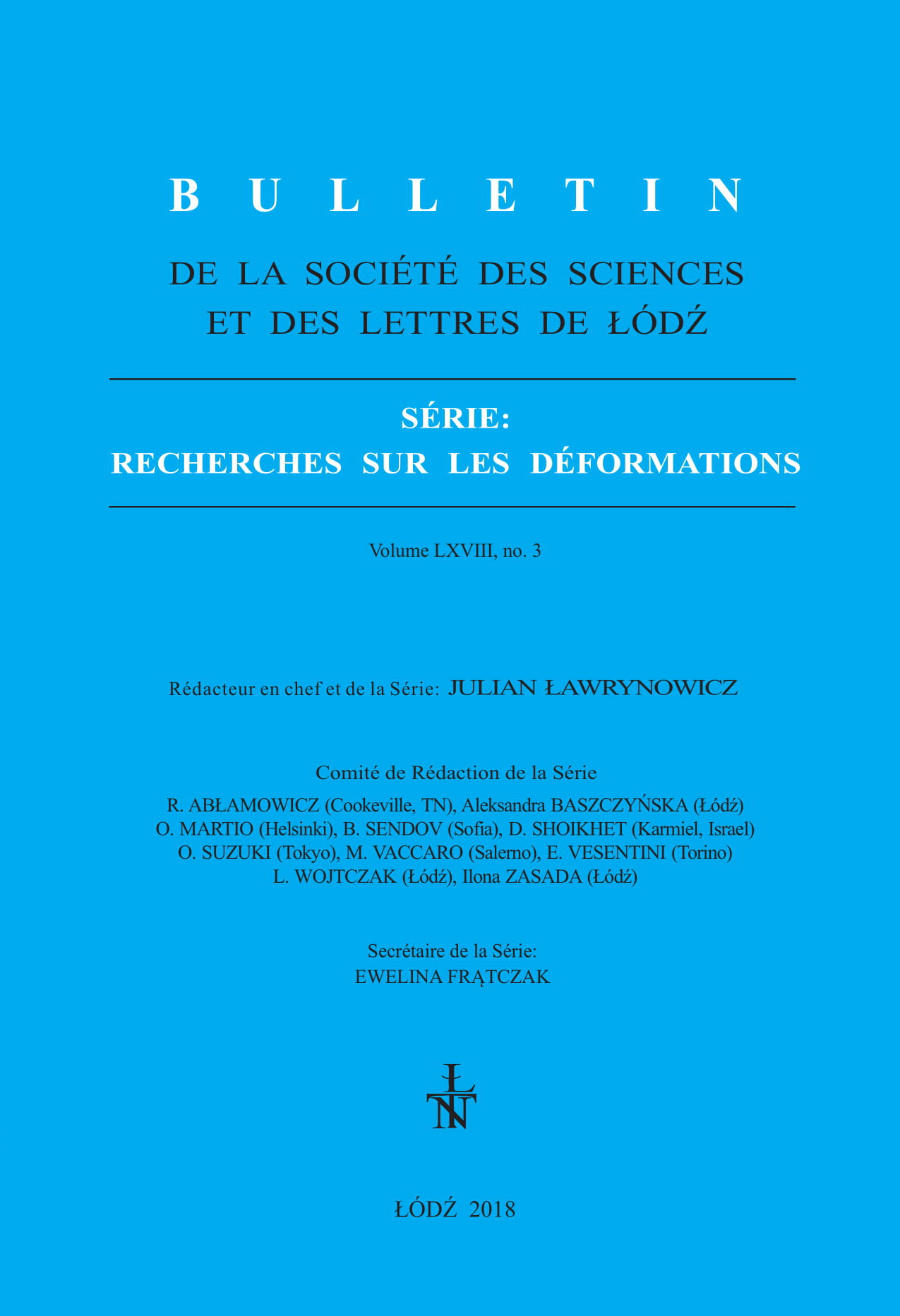Wartości parametru wygładzania w automatycznej procedurze i w przedziałach akceptowalnych w jądrowej estymacji funkcji gęstości
DOI:
https://doi.org/10.26485/0459-6854/2018/68.3/4Słowa kluczowe:
estymacja jądrowa funkcji gęstości, parametr wygładzania, funkcja jądra, wybór automatycznyAbstrakt
Automatyczna procedura określania parametrów metody jądra pozwala na jednoczesny wybór dwóch parametrów metody: funkcji jądra i parametru wygładzania. To podejście upraszcza procedurę wyboru parametrów, a jednocześnie zapewnia dobre właściwości estymatorów jądra. Drugą procedurą, która jest w pracy, jest akceptowalny odstęp wartości parametrów wygładzania, co pozwala na bardziej uogólnione podejście do wyboru parametru wygładzania w szacowaniu jądra. W artykule przedstawiono wyniki analizy wartości parametrów wygładzania, ustalonych w procedurze automatycznej oraz procedury akceptowalnego odstępu wartości parametrów wygładzania w oszacowaniu funkcji gęstości. Porównanie tych wartości odbywa się w oparciu o wyniki stosowania metod symulacji. Na podstawie badań symulacyjnych proponuje się i przeanalizuje nowe odstępy wartości parametrów wygładzania.
Bibliografia
B. W. Silverman, Density Estimation for Statistics and Data Analysis, Chapman and Hall, London 1986.
M. P. Wand, M. C. Jones, Kernel Smoothing, Chapman and Hall, London 1995.
S. Efromovitch, Nonparametric Curve Estimation: Methods, Theory and Applications, Springer-Verlag, New York 1999.
L. Gyorfi, M. Kohler, A. Krzyak and H. Walk, A Distribution-Free Theory of Nonparametric Regression, Springer-Verlag, New York 2002.
A. Baszczynska, Empirical and kernel estimation of the ROC curve, Acta Universitatis Lodziensis. Folia Oeconomica 311 (2015), 49–55.
A. Baszczynska, Kernel estimation of cumulative distribution function for random variable with bounded support, Statistics in Transition new series 17, no. 3 (2016), 541–556.
S. J. Sheather, J. S. Marron, Kernel quantile estimators, Journal of the American Statistical Association 85 (1990), 410–416.
M. Jones, Estimating densities, quantiles, quantile densities and density quantiles, Annals of the Institute of Statistical Mathematics 44, no. 4 (1992), 721–727.
P. Kulczycki, A. L. Dawidowicz, Kernel estimator of quantile, Universitatis Iagellonicae Acta Mathematica XXXVII (1999), 325–336.
Q. Li, J. S. Racine, Nonparametric Econometrics. Theory and practice, Princeton University Press, Princeton and Oxford 2007.
A. Baszczy´nska, On statistical kernel testing for equality of two probability density functions, Models and Methods for Analysing and Forecasting Economic Processes, Cracow University of Economics Press (2014), 191–200.
M. Rosenblatt, Remarks on some nonparametric estimation of a density function, Annals of Mathematical Statistics 27, no. 3 (1956), 832–837.
E. Parzen, On estimation of a probability density function and mode, Annals of Mathematical Statistics 33, no. 3 (1962), 1065–1076.
S. Chiu, Bandwidth selection for kernel density estimation, The Annals of Statistics 19, no. 4 (1991), 1883–1905.
W. Hardle, Smoothing Techniques with Implementation in S, Springer Series in Statistics, Springer-Verlag, Berlin Heidelberg 1991.
R. Cao, A. Cuevas and W.G. Manteiga, A comparative study of several smoothing methods in density estimation, Computational Statistics and Data Analysis 17 (1994), 153–176.
S. Chiu, A comparative review of bandwidth selection for kernel density estimation, Statistica Sinica 6 (1996), 129–145.
M. Jones, D. Signorini, A comparison of higher-order bias kernel density estimators, Journal of the American Statistical Association 92, no. 439 (1997), 1063–1073.
I. Horova, J. Kolacek and J. Zelinka, Kernel Smoothing in Matlab. Theory and Practice of Kernel Smoothing, World Scientific, New Jersey 2012.
A. Baszczynska, Testing significance of peaks in kernel density estimator by SiZer map, Proceedings of the 8th Professor Aleksander Zelias International Conference on Modelling and Forecasting of Socio-Economic Phenomena (2014), 9–17.


